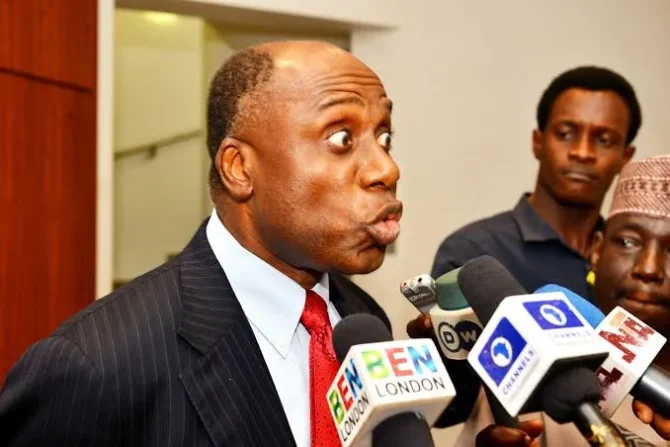The Independent National Electoral Commission (INEC) has finally released a comprehensive post-mortem on the 2023 general election.
The report, released on the first anniversary of the election, documents the failure of the result viewing portal (IReV) during the presidential poll.
The commission, in the report seen by TheCable, said the server returned “HTTP error” because of a configuration bug which was discovered after the presiding officers at the polling units could only upload the results of the national assembly elections.
“In configuring and mapping the election results for the presidential and NASS elections,” the report reads, “the Commission created Four Hundred and Seventy (470) election types consisting of one presidential constituency covering the entire country, 109 Senatorial Districts and 360 Federal Constituencies.
“Each Senatorial District and Federal Constituency election on the database was mapped to their respective States. However, the presidential election result is a single, countrywide constituency and therefore, does not belong to any one State.
“Consequently, while the uploads for the NASS elections succeeded as the application was able to identify the respective State and build the folder hierarchy for the results organization process for the election, attempts to upload the presidential election results sheets, which does not belong to or mapped to any State on the database, failed.
“Instead, it returned a HTTP server error response. This failure is attributable to the inability of the application to create and build a folder structure to organize the uploaded images of the result sheets of the presidential election.”
THE IREV CONUNDRUM








